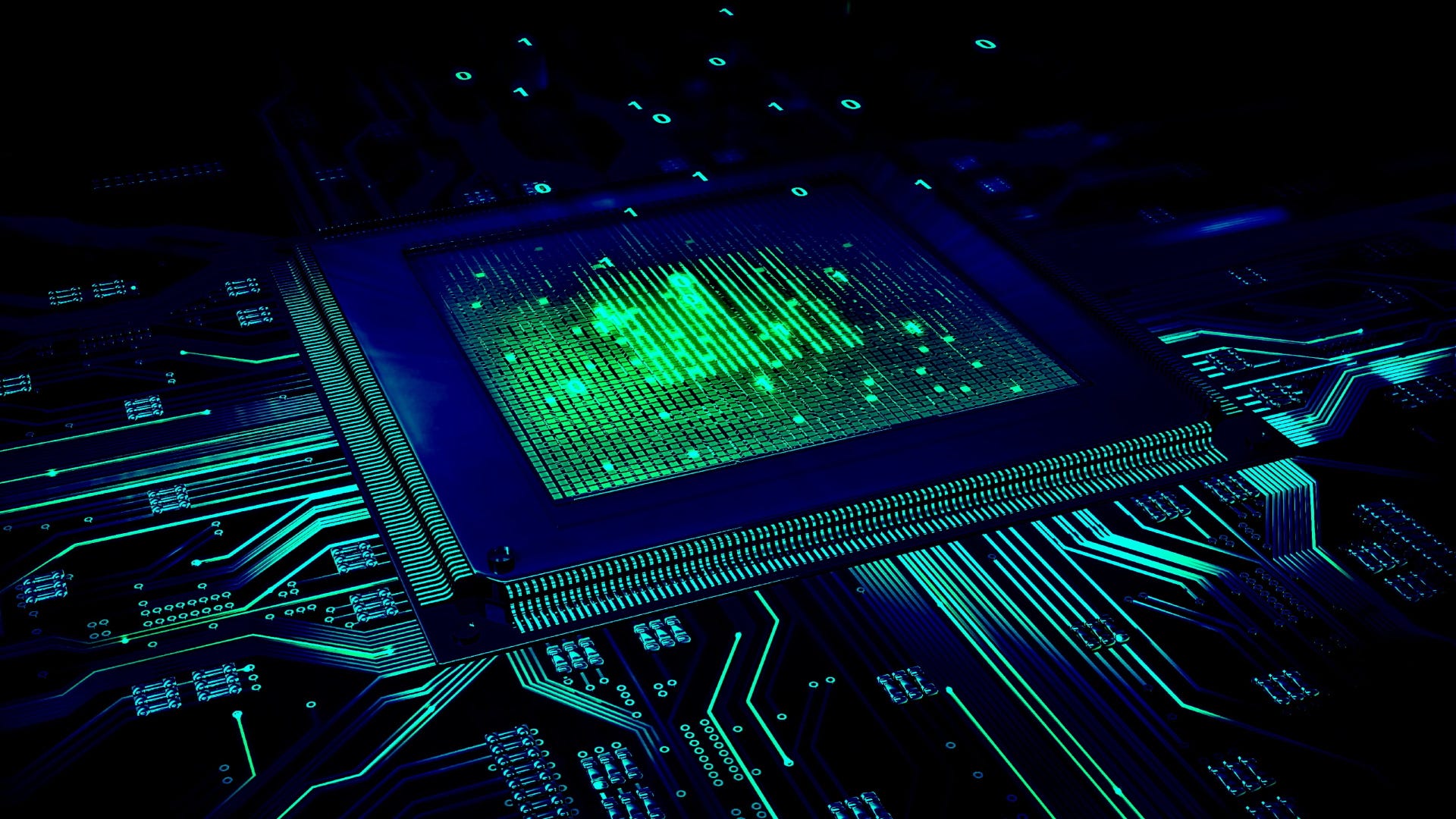Cache Memory

Cache memory is a small, high-speed type of volatile computer memory that provides quick access to frequently accessed data and instructions, thereby improving overall system performance. It serves as a buffer between the main memory (RAM) and the central processing unit (CPU) in a computer system. Cache memory is designed to store copies of data and instructions that are frequently accessed by the CPU, reducing the time required to access them from the main memory.
Key characteristics of cache memory include:
-
Speed:
- Cache memory is much faster than main memory (RAM) and secondary storage devices like hard drives or solid-state drives (SSDs). It operates at speeds closely matched to the CPU's processing speed, reducing the time required to access data and instructions.
-
Proximity to CPU:
- Cache memory is physically located closer to the CPU than main memory, typically integrated directly onto the CPU chip or located on a separate chip close to the CPU. This proximity minimizes the distance data must travel, further enhancing access speeds.
-
Hierarchy:
- Cache memory is organized into multiple levels, often referred to as L1, L2, and sometimes L3 caches. L1 cache is the smallest and fastest, located directly on the CPU core. L2 cache is larger but slightly slower, while L3 cache, if present, is the largest but also the slowest of the three levels.
-
Size:
- Cache memory is relatively small compared to main memory. L1 cache is typically measured in kilobytes (KB), L2 cache in megabytes (MB), and L3 cache, if present, in megabytes to gigabytes (GB).
-
Cache Coherency:
- Cache memory employs mechanisms to maintain cache coherency, ensuring that the data stored in cache remains consistent with the data in main memory. Cache coherence protocols, such as MESI (Modified, Exclusive, Shared, Invalid), help manage data consistency across multiple cache levels and CPU cores in multiprocessor systems.
-
Cache Hit and Cache Miss:
- When the CPU requests data or instructions, cache memory checks whether the requested information is already stored in the cache. If the data is found in the cache (cache hit), it can be quickly retrieved. If the data is not found (cache miss), the CPU must retrieve it from main memory, resulting in longer access times.
Cache memory plays a crucial role in improving overall system performance by reducing the latency associated with accessing data and instructions from main memory. It is an essential component of modern computer architecture and is found in virtually all computing devices, from personal computers and servers to smartphones and embedded systems.
Thank you,
